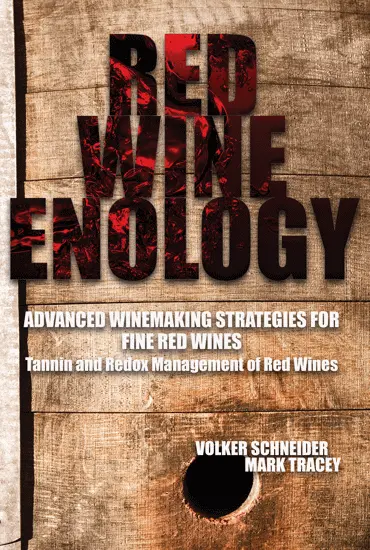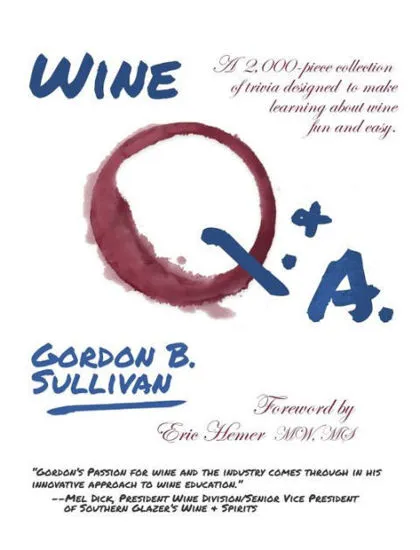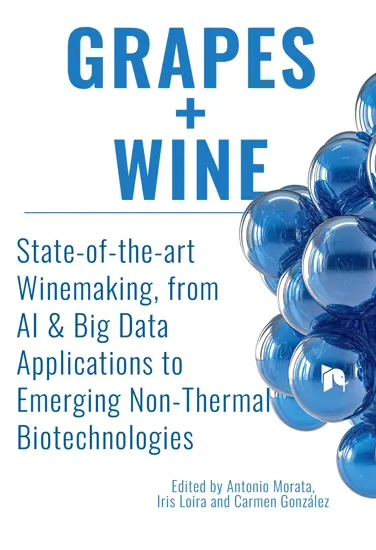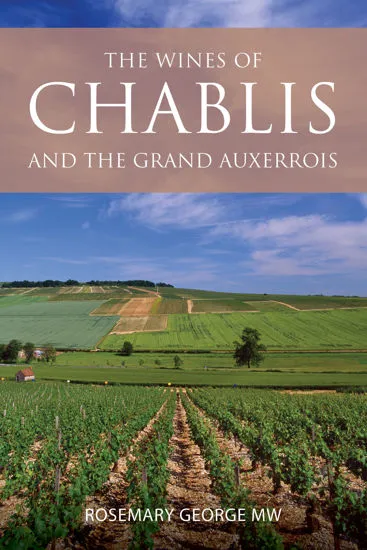Previous Issues / Episodes
Description
×White Wine Enology is dedicated exclusively to the making of unoaked white wines, the largest segment of the global white wine market, and focuses its attention on flavor preservation rather than strategies which seek to obtain short-lived quality benefits. For the first time in a single volume, this book addresses one of the most important issues of white wine enology—improving the limited shelf life of the vast majority of these wines. In doing so, the author shows how different white wine making is from red. Due to the complex chemical process of white wine aging that goes well beyond oxidative aging, the book has a strong focus on sensory analysis throughout: the flavor-active compounds responsible for aging-related faults are specified, and the chemical mechanisms of their formation are identified. Building upon these foundations, Schneider guides the reader through the entire process of vinification—from the crush pad, through all the phases of juice processing, wine stabilization, bottling and storage—clearly defining what measures to take, and what to avoid in order to mitigate aging reactions and to improve flavor stability. While this book is a deep treatment of the scientific fundamentals of wine aging, it also examines typical engineering issues common to the practice. Numerous practical hints and technical details of hands-on winery work round out the picture, and provides a valuable insight into the inherently cross-disciplinary nature of fine white winemaking and a holistic view of one of the most fascinating fields of contemporary enology.
Author Bio
×"Payemnt Success! Prepping Media..."

"Payment failed! please try again..."
















































